Isolated distal radioulnar joint (DRUJ) dislocations are rare and are more commonly part of complex forearm fracture-dislocations.
On this page:
Clinical presentation
Wrist pain, swelling and deformity following FOOSH or direct trauma. The patient will be unable to supinate/pronate the forearm 1,2.
Pathology
Distal radioulnar joint dislocation is more commonly displaced dorsally (i.e. the distal ulna is dorsally dislocated with respect to the distal radius), but can be volarly displaced1. If more than 50% of the articular surfaces do not articulate, then the term DRUJ subluxation is used 3.
Associated injuries include 4:
tear of the dorsal radioulnar ligament of the TFCC
disruption of the dorsal DRUJ capsule
Radiographic features
This injury is typically described by the position of the ulna compared to radius 2.
Plain radiograph
true lateral radiograph of the wrist is vital (as little as 10º of rotation can result in misinterpretation) 2
widened distal radioulnar joint space on frontal projections, with dislocation/subluxation evident on lateral projections
Related pathology
DRUJ dislocations are also part of Galeazzi and Essex-Lopresti injuries.


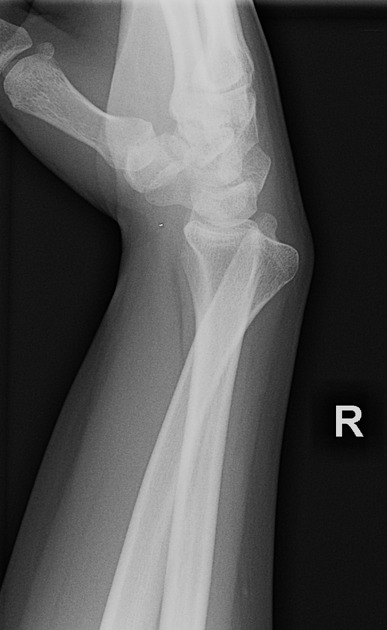
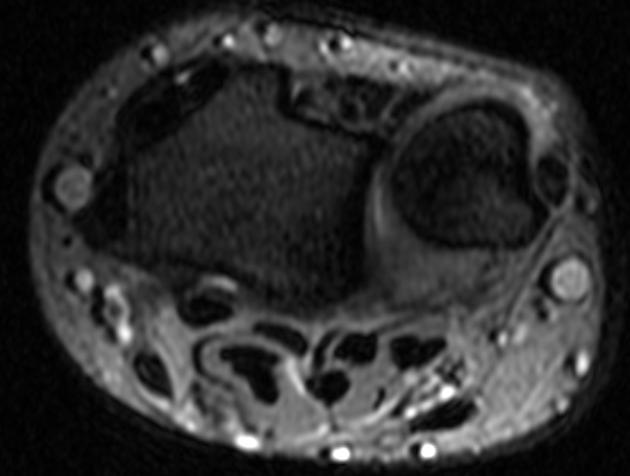
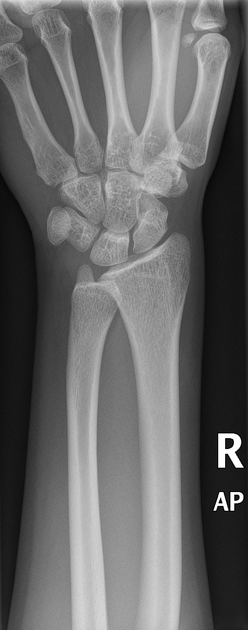
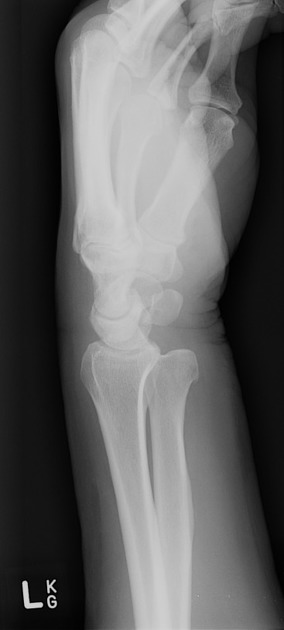
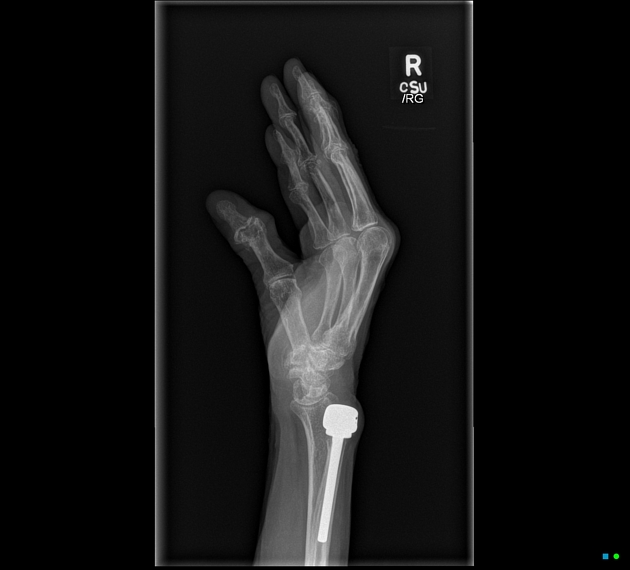
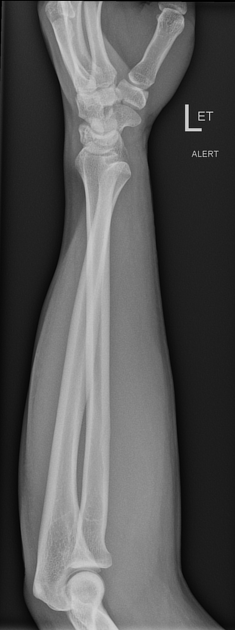


 Unable to process the form. Check for errors and try again.
Unable to process the form. Check for errors and try again.